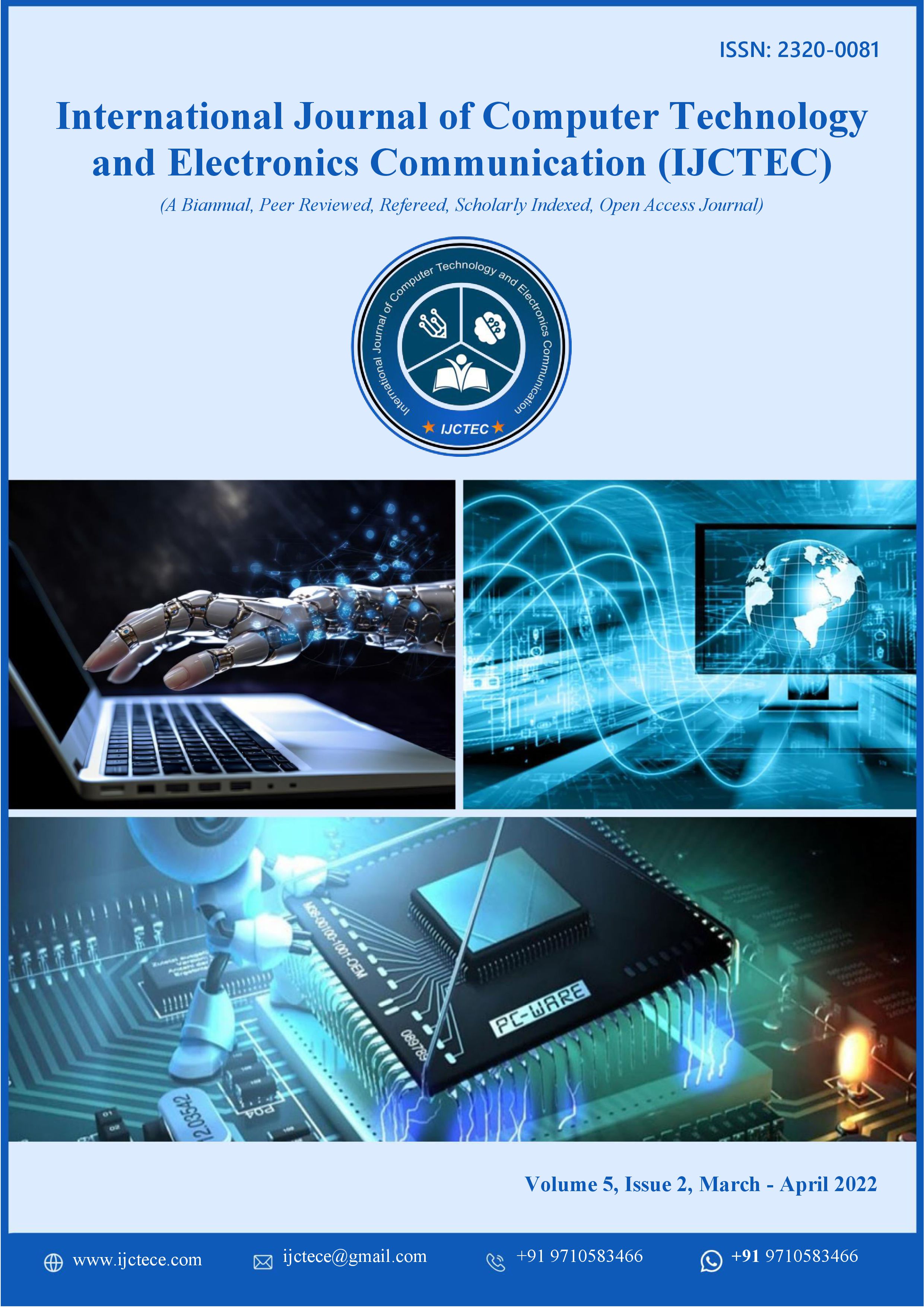Standardizing Software Delivery: Unified Data Models and Scalable Infrastructure for Subscription Ecosystems
DOI:
https://doi.org/10.15680/IJCTECE.2023.0602005Keywords:
Software Delivery, Subscription Ecosystems, Unified Data Models, Scalable Infrastructure, Cloud-Native Architecture, Microservices, Event-Driven Systems, SaaS, OTT, FintechAbstract
The rapid growth of subscription-based business models across industries such as software-as-a-service (SaaS), media streaming, gaming, and fintech has created a pressing need for standardized software delivery mechanisms. Current subscription ecosystems often suffer from fragmented data models, siloed operational workflows, and scalability bottlenecks that hinder performance and customer experience. This paper proposes a unified approach to standardizing software delivery through the adoption of canonical data models and cloud-native, scalable infrastructure. By integrating microservices-based architectures, event-driven processing, and unified subscription data structures, organizations can achieve consistency in operations, reduce integration costs, and improve regulatory compliance. A conceptual architecture is presented that combines unified data models with scalable infrastructure layers, enabling subscription providers to deliver resilient, compliant, and customer-centric services. The study also highlights potential applications in SaaS, over-the-top (OTT) media, and fintech platforms, supported by case-based analysis. The findings emphasize that standardization not only reduces operational complexity but also strengthens long-term ecosystem sustainability.
References
1. Y. Zhang, Z. Zhou, S. Elnikety, and C. Delimitrou, “Analytically-Driven Resource Management for Cloud-Native Microservices,” arXiv, Jan. 2024. Describes Ursa, a resource management system that reduces SLA violations and CPU allocation significantly via analytical modeling. arXiv
2. S. Henning and W. Hasselbring, “Benchmarking scalability of stream processing frameworks deployed as microservices in the cloud,” arXiv, Mar. 2023. Compares scalability performance of frameworks like Apache Flink on Kubernetes. arXiv
3. Q. Fettes, A. Karanth, R. Bunescu, B. Beckwith, and S. Subramoney, “Reclaimer: A Reinforcement Learning Approach to Dynamic Resource Allocation for Cloud Microservices,” arXiv, Apr. 2023. Demonstrates RL-based allocation that cuts CPU usage by up to ~74%. arXiv
4. M. Xu et al., “Practice of Alibaba Cloud on Elastic Resource Provisioning for Large-scale Microservices Cluster,” arXiv, Aug. 2023. Provides industry insights with algorithms improving resource utilization by 10–15% in Alibaba’s microservice clusters. arXiv
5. O. C. Oyeniran, A. O. Adewusi, A. G. Adeleke, L. A. Akwawa, and C. F. Azubuko, “Microservices Architecture in Cloud-Native Applications: Design Patterns and Scalability,” Int. J. Advanced Research and Interdisciplinary Scientific Endeavours, vol. 1, no. 2, pp. 92–106, Jul. 2024. Discusses scalable microservices design patterns. ijarise.org


